Nauka pływania dla niemowląt - etap 3: Budowanie pewności siebie
- 8 czerwca 2023 r.
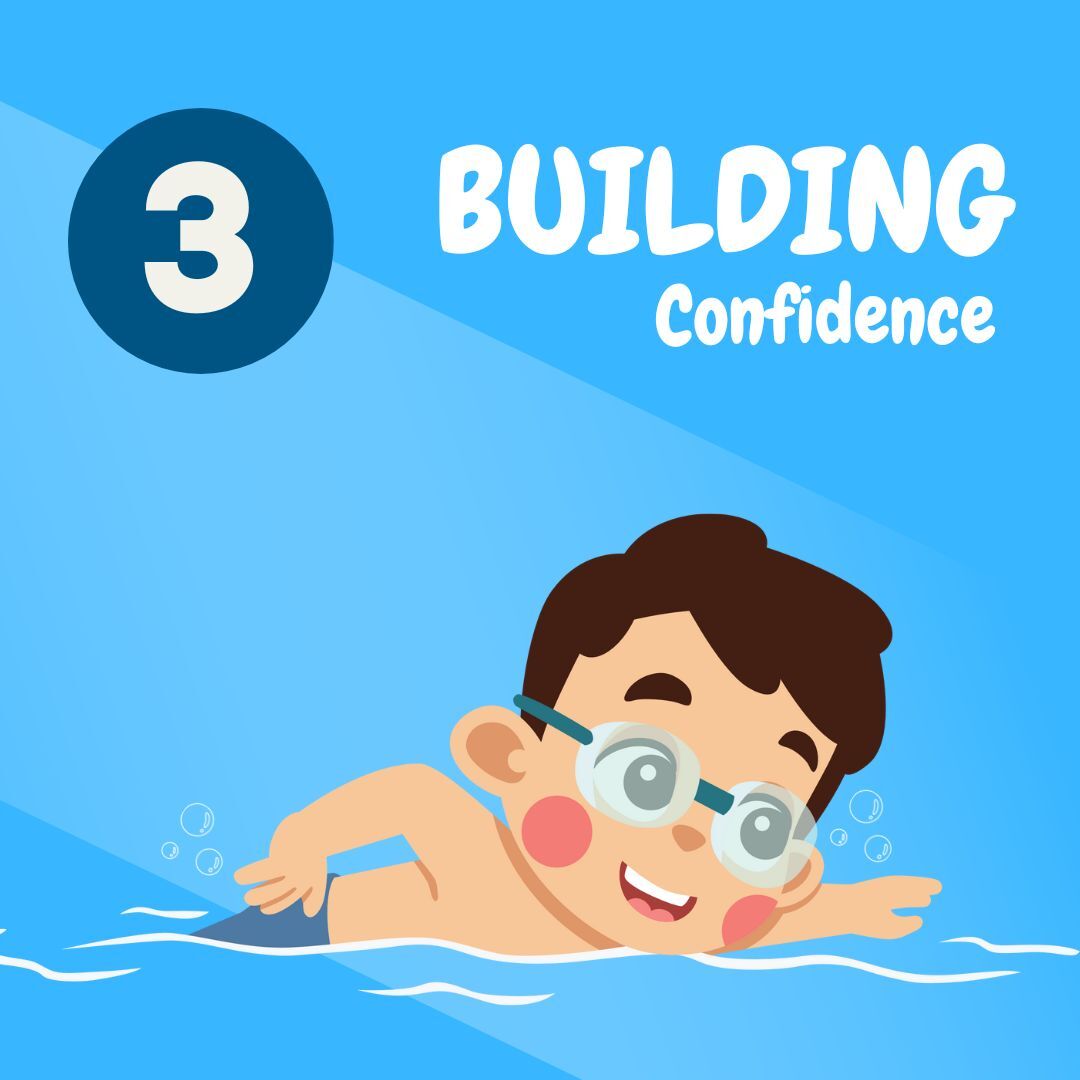
Welcome to the final stage of teaching your baby to swim! By this point, your little one has developed familiarity with the water and has started to learn the basics of swimming. In this stage, our focus will be on building confidence and further enhancing their swimming skills.
1. Water Exploration and Play:
Encourage your baby to explore the water independently and engage in playful activities. Let them splash, kick their legs, and use their arms to move around. Use floating pool toys, squirt toys and dive toys to encourage play. This free exploration helps strengthen their muscles, improve coordination, and boost their confidence in the water.
2. Floating and Gliding:
Continue practicing floating techniques with your baby. Help them master back floating and front floating, gradually reducing the amount of support you provide. Introduce short glides, where you gently push them through the water, allowing them to experience the sensation of moving while floating.
3. Introduce Basic Swimming Strokes:
Begin introducing basic swimming strokes, such as the doggy paddle or the arm freestyle motion. Support your baby as they kick their legs and move their arms in a coordinated manner. These early introductions to swimming strokes lay the foundation for future swimming skills.
4. Underwater Exploration:
Encourage your baby to explore underwater. Start by submerging them for longer durations, allowing them to open their eyes and look around. Using fun dive toys can help to encourage them to explore underwater. This promotes comfort and confidence in the water, as well as helps them overcome any fear of submersion.
5. Breath Control and Independent Submersion:
Continue working on breath control exercises, focusing on longer exhalations underwater. Gradually guide your baby towards independent submersion, where they willingly dip their face in the water and hold their breath for short durations.
6. Umiejętności bezpieczeństwa w wodzie:
Reinforce water safety skills during this stage. Teach your baby to safely enter and exit the pool, how to reach for the pool edge, and how to call for help if needed. These skills are essential for their safety and instill a sense of responsibility around water.
7. Positive Reinforcement:
Throughout this stage, provide ample positive reinforcement and celebrate your baby's progress. Offer praise, hugs, and kisses to let them know how proud you are of their achievements. This positive environment fosters their confidence and love for swimming.
8. Enroll in Swimming Lessons:
From age 3+, you can consider enrolling your baby in more advanced swimming lessons with a qualified instructor. They will provide expert guidance, structured activities, and ensure your baby's progress aligns with their age and abilities.
Remember, consistency and patience are key throughout the teaching process. Each child learns at their own pace, so avoid rushing or putting undue pressure. Stay vigilant at all times and ensure the safety of your baby during swimming activities.
By focusing on building confidence in the water, you're empowering your baby to become a more skilled and confident swimmer. Embrace this stage with enthusiasm and continue to nurture their love for swimming. Congratulations on embarking on this incredible journey with your baby!
Przeczytaj więcej artykułów z naszej serii "Naucz się pływać":



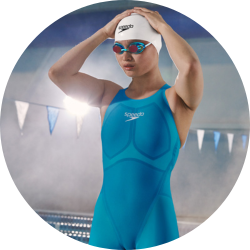

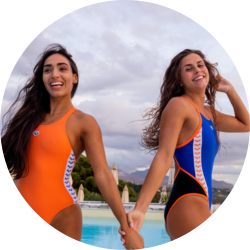
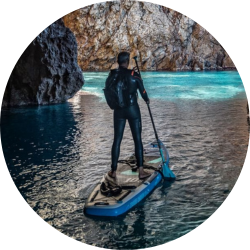
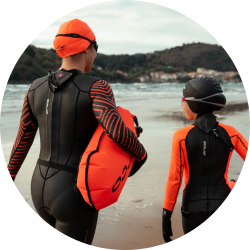
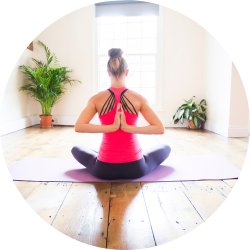

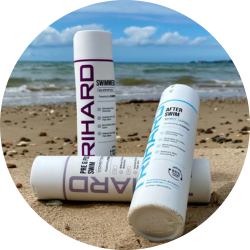
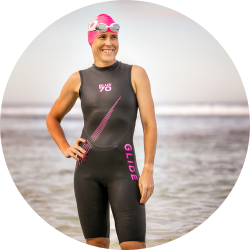
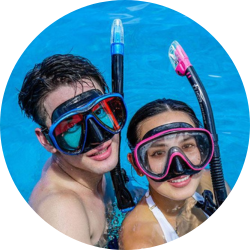
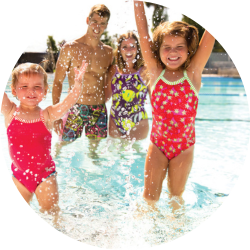
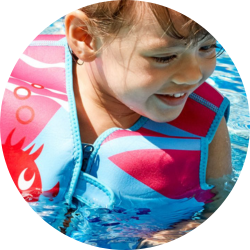
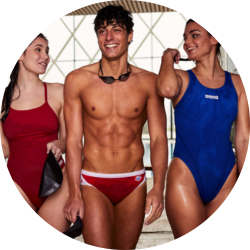
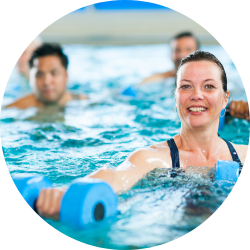































































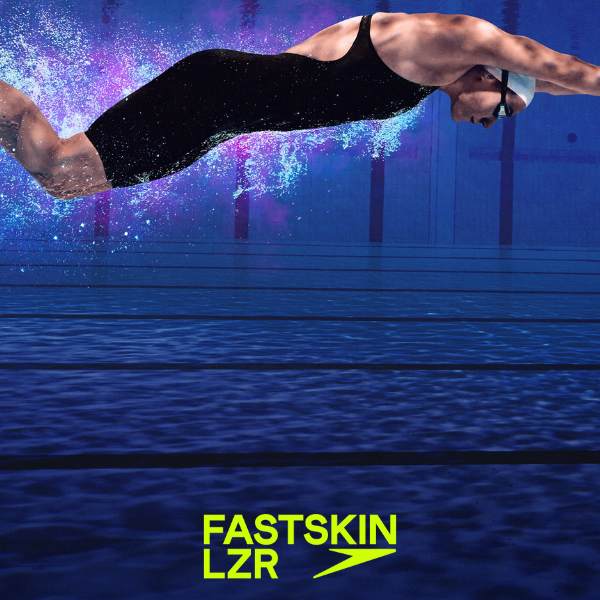
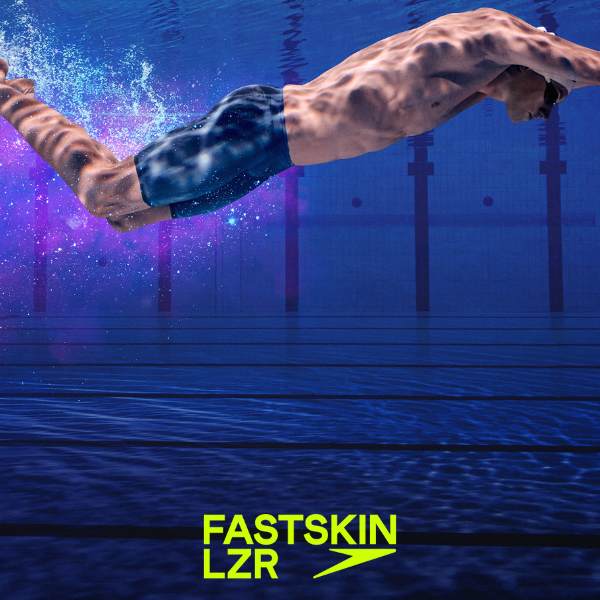






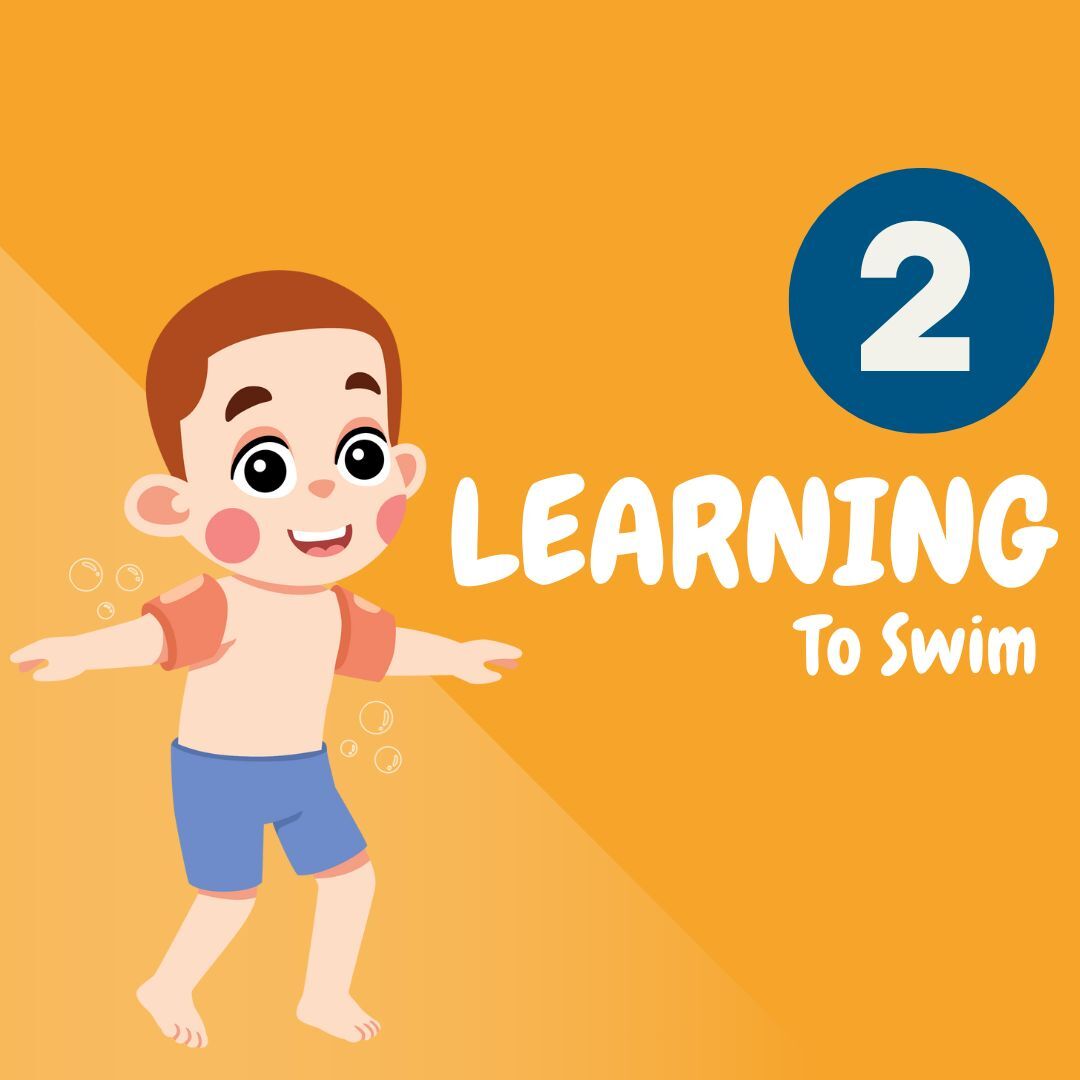
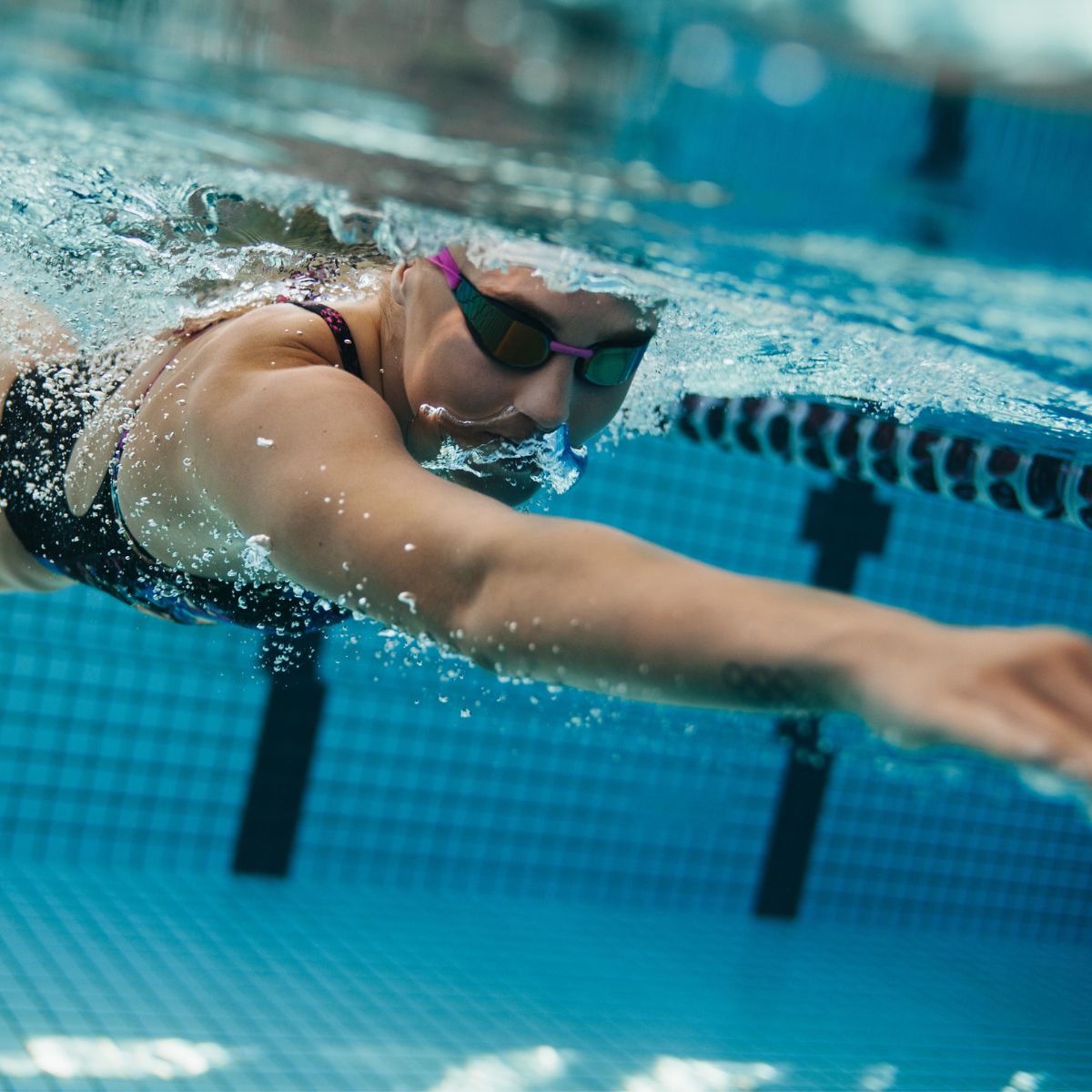






Sprawdź poprawność logowania